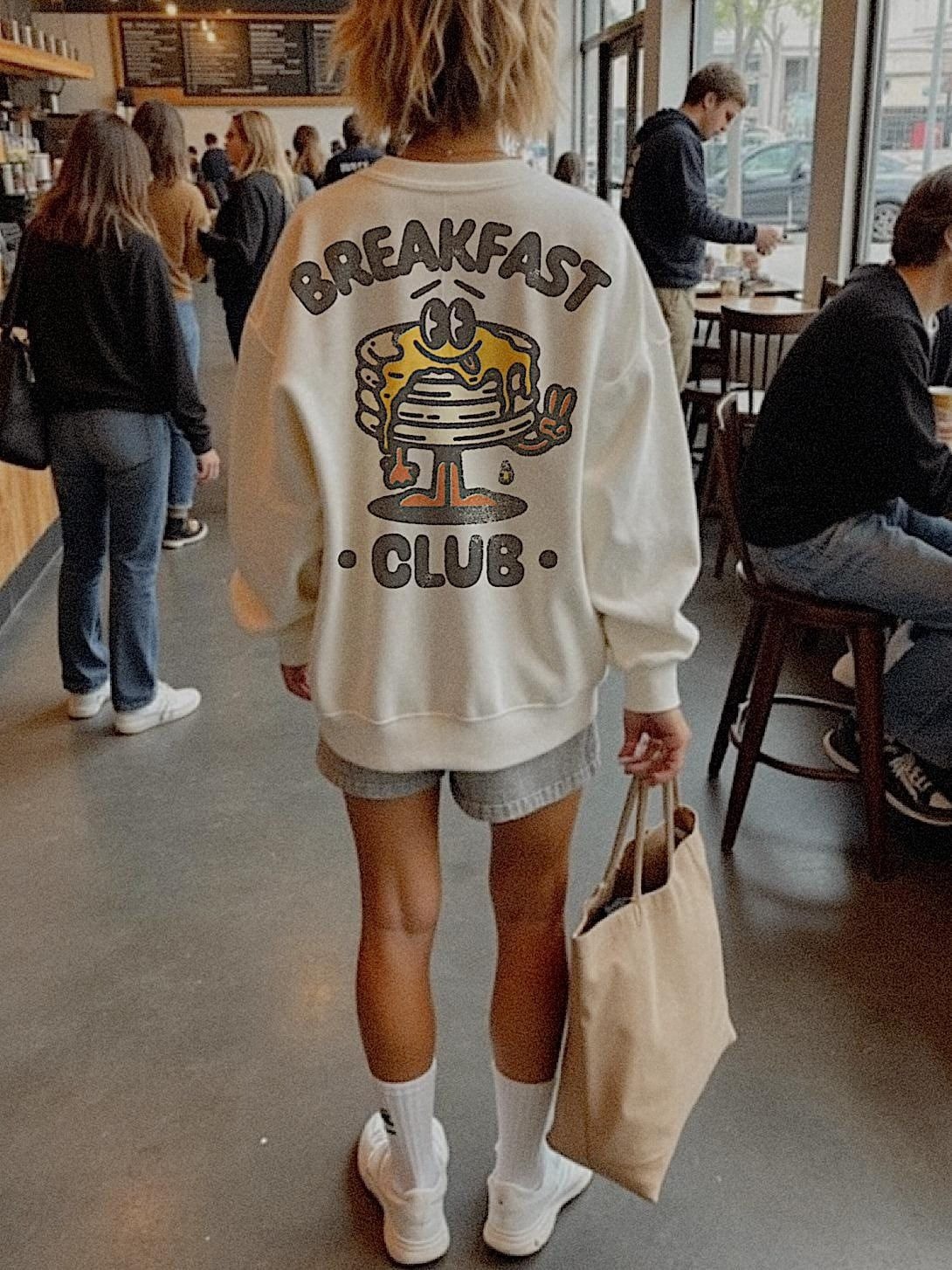
Wearing the Invisible: Fashion as Memory, Meaning, and Movement
Fashion is often mistaken for surface. It is easily dismissed as frivolous, temporary, and consumerist. But to reduce fashion to mere garments is to overlook its deepest essence. Fashion is not simply what we put on—it is how we carry history, how we shape culture, and how we speak without words. It is how the invisible becomes visible. Beneath each hemline lies memory. Within every silhouette exists a whisper of movement, desire, grief, joy, rebellion, and resilience. Fashion lives at the intersection of body and spirit, of time and emotion. To study it seriously is to study the human condition in all its contradictions and complexities.
From the earliest moments of civilization, people have used fashion not only to protect themselves from the elements but to mark themselves as part of something—family, tribe, religion, class, or ideology. The prehistoric beads found alongside human remains were not necessary for survival. They were adornments. They were signals. They were proof that even early humans understood the value of appearance beyond function. In ancient Mesopotamia, Sumerian priests wore ceremonial robes, not only for comfort or status but to mirror the heavens. In ancient China, the cut and color of robes were strictly dictated by imperial hierarchy. Clothing was codified, regulated, and sacred. What one wore was a message to the gods, to the emperor, to the community.
Fashion in its historical arc has always been a visual system of codes. It has been used to divide and unite, to elevate and to control. Feathers on a Native American headdress carried symbolic and spiritual weight. The powdered wigs of the European elite were symbols of wealth and political power. The corset represented both discipline and feminine constraint, while later, its rejection signaled liberation and defiance. Clothing has always moved with power: it conceals and reveals, submits and resists, conforms and revolutionizes.
This dynamic continues in the present, albeit with new materials, technologies, and platforms. The industrial revolution transformed clothing from handmade necessity into mass-produced commodity. The twentieth century gave rise to haute couture and ready-to-wear, to icons like Coco Chanel who redefined feminine dress, and to subcultures like punk and hip-hop that used clothing as protest and proclamation. The twenty-first century has expanded the landscape further, allowing fashion to be digitized, decentralized, and democratized. Never before has fashion been so accessible and so personal. Yet never before has it been so saturated with tension—between authenticity and performance, speed and sustainability, individuality and influence.
At the personal level, our relationship with fashion is as intimate as our relationship with language or memory. The clothes we wear are extensions of our inner selves, wrapped in fabric and layered in time. A hand-knit sweater from a grandparent is more than wool—it is warmth, history, and love. A jacket worn during heartbreak carries the scent of vulnerability. A wedding dress carries hope. A pair of worn-out sneakers may hold years of walking toward dreams. Fashion is not always about looking good; often, it is about feeling held, about stitching identity into experience.
These emotional threads are powerful. Memory lives in clothing. People who grieve often keep the garments of those they’ve lost, not because they are stylish, but because they hold presence. A father’s shirt, a mother’s scarf, a child’s tiny shoes—these are not fashion items, but relics. They carry the body even after it is gone. Museums recognize this when they preserve garments as cultural artifacts. But each of us, in our own lives, maintains private museums in our closets and drawers, filled with pieces that hold more than cotton or silk—they hold life.
In the public realm, fashion also acts as collective memory. Cultural dress is a living archive. The áo dài of Vietnam, the hanbok of Korea, the dashiki of West Africa, the huipil of indigenous Mexico—these garments connect communities to their ancestors and to one another. They are not trends but traditions. They remind wearers of where they come from, even as they move forward. When fashion designers reinterpret these traditional garments, they walk a fine line between homage and appropriation, between evolution and erasure. To wear cultural fashion is to participate in a story much larger than oneself.
But fashion also allows us to dream beyond our origins. It allows us to experiment with identity. The teenager who dyes their hair neon green and wears oversized thrift store jackets is doing more than following a trend—they are building the scaffolding of selfhood. They are trying on identities like costumes, rehearsing different ways of being. The artist who wears all black may not be trying to disappear, but rather to focus the gaze inward. The corporate professional who slips into heels each morning may feel more powerful with each step. Clothing becomes theater, but the stage is real life. It allows us to navigate roles, to test boundaries, to evolve.
Fashion changes because people change. Society changes. Needs change. Movements arise. The rise of feminism, the fight for racial justice, the LGBTQ+ liberation movement—all have shaped how we dress and how we think about fashion. The right to wear pants, to wear natural hair, to wear a hijab, to wear nothing at all—these are not shallow questions of appearance but profound questions of autonomy, respect, and freedom. Clothing laws and dress codes, school uniforms and public bans, all reveal how tightly woven fashion is with power. What we wear is never neutral.
In the age of social media, fashion becomes both hyper-visible and hyper-fragile. Trends come and go in weeks, sometimes days. Influencers build entire brands on a signature style, only to abandon it once algorithms shift. Fast fashion responds with frightening efficiency, replicating runway looks overnight and delivering them to millions with little regard for environmental or human cost. The endless scroll of images pressures consumers to keep up, to constantly perform novelty. But the deeper cost is a kind of spiritual fatigue. Clothing becomes content, not connection.
Yet even here, resistance is growing. Slow fashion, sustainable brands, secondhand marketplaces, and handmade crafts are rising against the tide. These movements are not anti-fashion—they are anti-waste, anti-exploitation, anti-disposability. They urge us to rethink our relationship to what we wear. To buy less but love more. To care. To mend. To imagine a fashion world built not on endless newness, but on durability, ethics, and meaning.
Designers today are also pushing boundaries in exciting ways. Technology has enabled 3D-printed garments, biodegradable fabrics, and clothing embedded with sensors. Digital fashion—clothes that exist only online—is opening up new realms for expression, where identity is unfixed and fantastical. Virtual try-ons, AI-generated outfits, and avatar wardrobes blur the lines between reality and simulation. These innovations are not simply gimmicks—they challenge us to redefine fashion itself. If clothing need not be physical, what does that say about our bodies? If we can wear anything in a digital space, what do we choose? Who do we become?
And still, at the center of it all, is the human being. The body that feels. The heart that beats beneath the fabric. Fashion will always orbit the body—not only in shape, but in significance. It will always be about how we move, how we are seen, how we long to be. It will carry our contradictions and our complexity. It will reflect our time and reach toward the future.
To wear something is to make a choice, even if we do not always realize it. It is a choice about visibility, about identity, about comfort, about courage. We dress for others and we dress for ourselves. We dress for ritual and we dress for routine. We dress to remember and we dress to forget. And somewhere between all these impulses lies fashion—not as industry, but as language. Not as commodity, but as soul.
Fashion is the fabric of life, quite literally. It wraps around birth and death, around love and heartbreak, around ordinary mornings and unforgettable nights. It changes shape with us, fades with us, surprises us. It is both mirror and mask, shield and invitation. To understand fashion is not just to look at what people wear, but to listen to what they are trying to say. And when we learn to listen—truly listen—we hear not just style, but story. We see not just outfits, but people. And in that seeing, we begin to recognize ourselves
